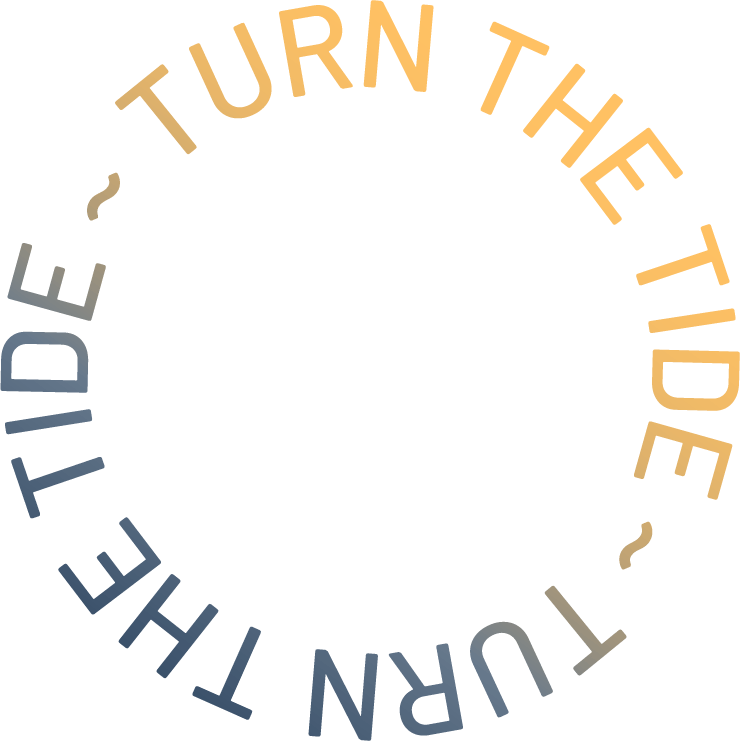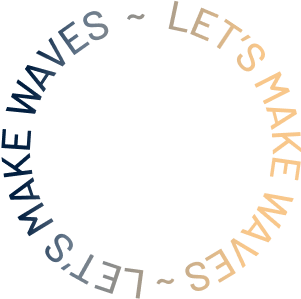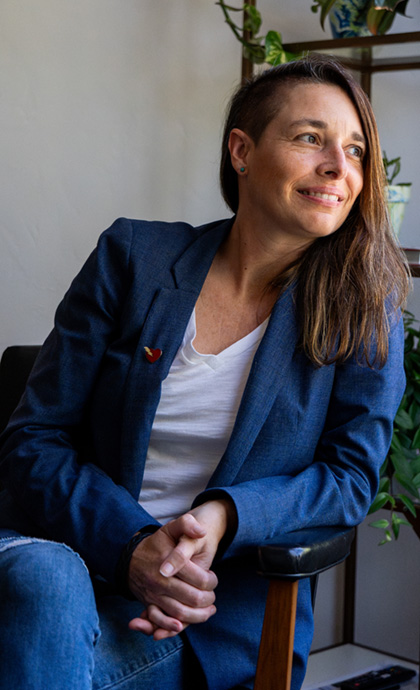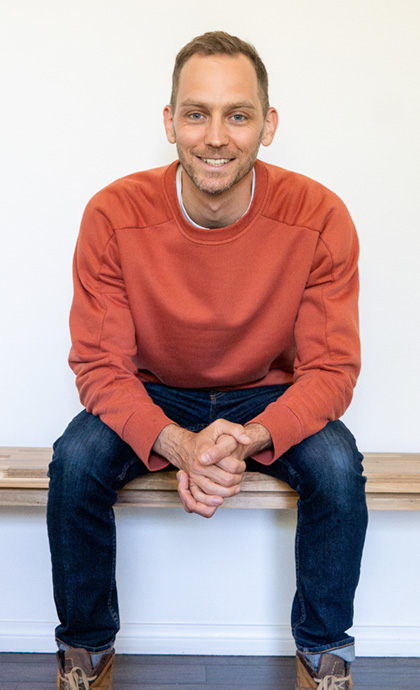An independent, female-led branding studio in SoCal helping progress-driven companies make waves.
Say hello
EMAIL hi@fourfincreative.com
DIVE INTO The Deep End Blog
connect
ADD SOME SWELL TO YOUR INBOX
© 2022 Four Fin Creative, LLC. | Privacy Policy | Terms of Use




